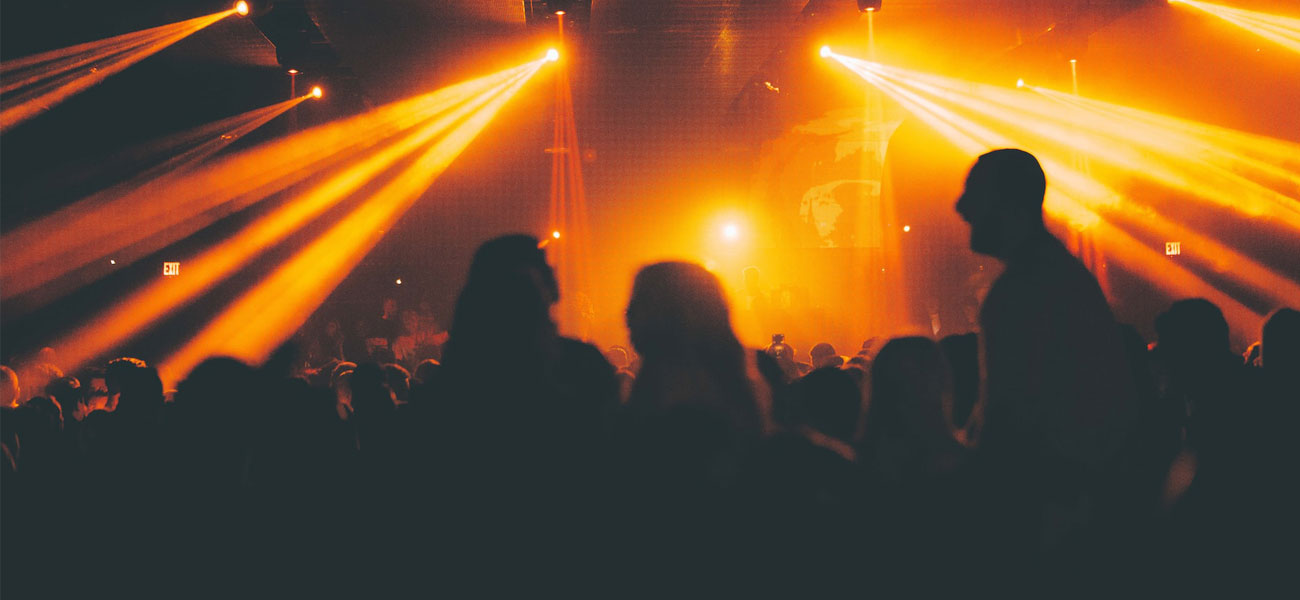The Dutch music venue and festival sector is predicting a “bleak” outlook due to cost increases and insufficient governmental assistance.
Vereniging Nederlandse Poppodia en Festivals (VNPF) used its comprehensive review of 2021 to outline a decline in events, attendance and revenue since the COVID pandemic and the challenges the sector faces in 2023 and beyond.
Concerns such as the impact of the cost-of-living crisis and staff shortages continue to impact the sector more than six months after COVID restrictions ended in the Netherlands.
A VNPF spokesperson said: “The negative effects of the pandemic are in the autumn of 2022 still present: there is a high workload due to staff shortages and higher absenteeism, partly due to the still prevailing COVID. There are many rescheduled concerts where the public sometimes still fails to act, as a result of which venues will not see the public revenue fully recover in 2022. In addition, venues are now faced with high inflation, with costs for personnel, housing and energy in particular rising sharply.
“Recent research by the VNPF also shows that regular subsidies are currently not sufficiently indexed to absorb the strong autonomous cost increases for music venues in 2022 and 2023. As a result, the financial outlook is bleak.
“Many venues indicate that they will probably have to cut back on talent development and personnel in the near future. Even after the corona crisis, sufficient support for the sector by governments will therefore remain very necessary.”
VNPF said its data – collated from 48 venues and more than 50 festivals – shows that 2019 was a record year in all respects for the industry. However, COVID restrictions, which ran from March 2020 until they were finally removed in March 2022, has had a devastating impact.
In 2021, music venues organised 5,571 activities with the public, which is 67% less than the 16,628 activities in 2019 and 5% fewer activities than in 2020.
In addition to the sharply declining number of activities, changes were also visible in the distribution of the supply due to the corona measures. The share of concerts increased in 2021 (42% of all activities), compared to 2020 (37%) and 2019 (38%) because the number of concerts fell less sharply than other types of activities, such as club nights.
In 2021, a total of 883,166 visits were made to music venues , an 83% decrease from 5.2m visits in 2019, and 16% less than the 1,054,691 visits in the first COVID year 2020.
Employees in paid employment were largely able to remain in service in 2021, partly thanks to the wage subsidy (NOW scheme) from the government. In addition, the music venues were always ready for reopening during 2021, with many sold-out programs, so employees had to remain available at all times. In 2021, the number of salaried employees increased by 5% compared to 2020, but that was still 7% less than in 2019.
The NOW scheme remained an important support measure in 2021, because 71% of music venues made use of this wage support for salaried employees (67% in 2020). This scheme concerned 39% of all grants to music venues (44% in 2020). The TVL scheme for fixed costs made up a much larger part of the support measures in 2021 (an increase of almost €12m). This scheme concerned 40% of all grants to music venues (8.5% in 2020). 73% of music venues made use of the TVL scheme in 2021 (60% in 2020).
VNPF said 90% of music venues received additional funding from government support measures in 2021 (83% in 2020). The extra financial support for music venues in 2021 amounted to a total of €36.1m, the majority of which (83%) for the large venues.
The national government, including public funds, contributed by far the most (96%) to support measures with € 22.5m. In the first pandemic year 2020 this was 78%. The large increase in this share of government support is due, on the one hand, to considerably less contributions from municipalities and, on the other hand, to an increase in government contributions.


